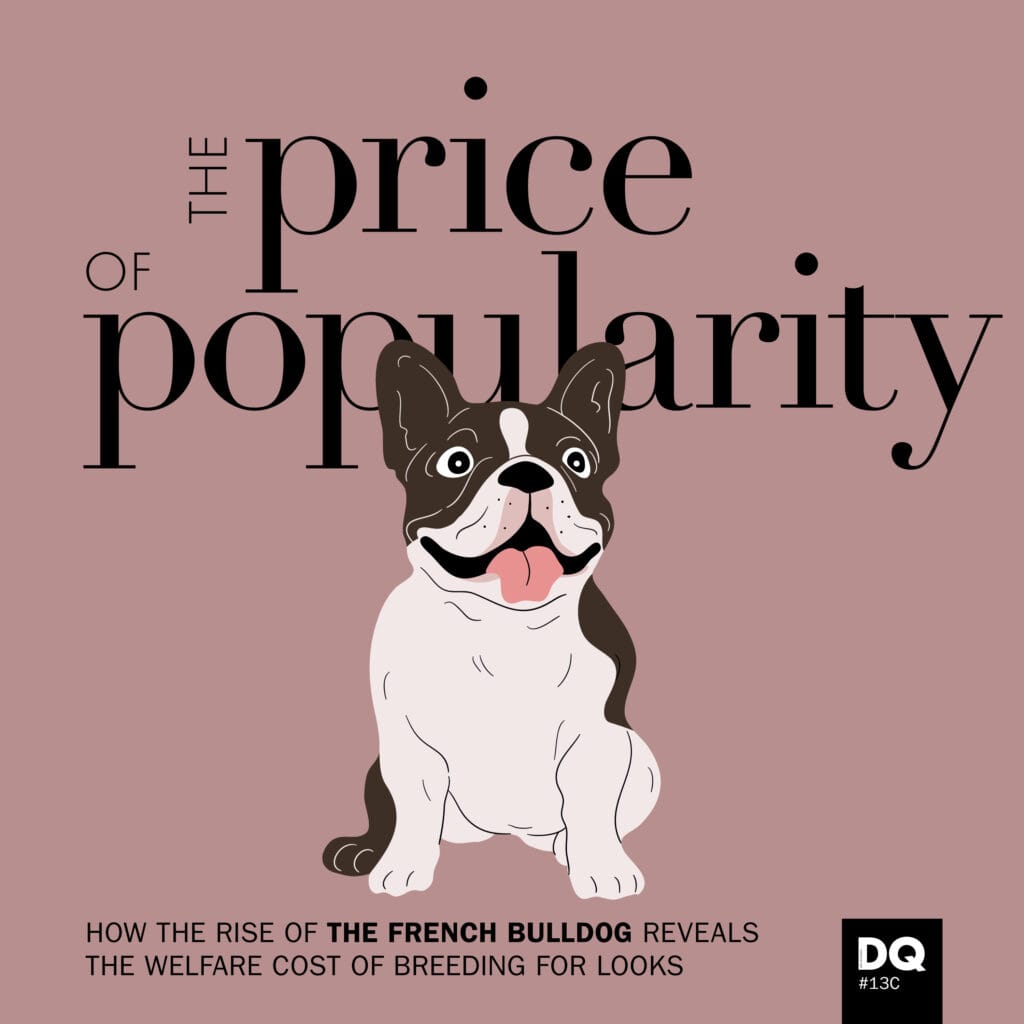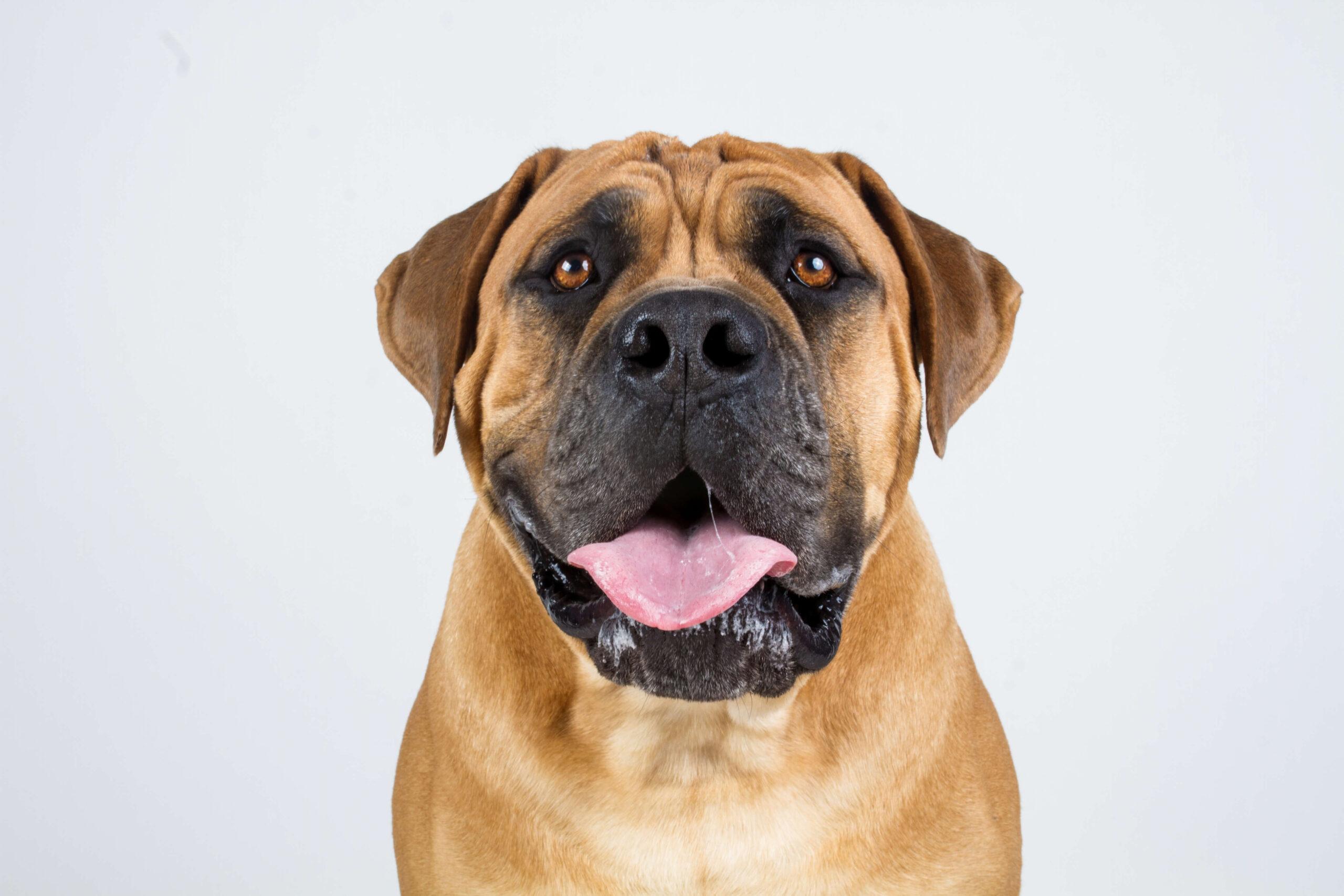How the rise of the French Bulldog reveals the welfare cost of breeding for looks
They’re small, stocky, and irresistibly snorty — and South Africa can’t seem to get enough of them.
Over the past decade, the French Bulldog has gone from relative obscurity to Instagram royalty. Once a quirky companion dog seen mainly in European cities, the Frenchie is now one of the most popular breeds in South Africa — appearing in influencer posts, boutique adverts, and local parks from Sandton to Sea Point.
But behind the charm lies a troubling reality: popularity has a price, and for Frenchies, that price is paid in breath, skin, spine, and, ultimately, suffering.
A breed in demand — but at what cost?
In South Africa, French Bulldogs are increasingly common in both urban homes and veterinary clinics. Their appeal is obvious: they’re compact, affectionate, funny, and adapt well to apartment living.
But Frenchies are a brachycephalic breed, meaning they have a flat-faced, short-muzzled skull shape. And while this look is part of their appeal, it comes with severe and often lifelong health consequences.
Breathing problems
Many French Bulldogs suffer from Brachycephalic Obstructive Airway Syndrome (BOAS) — a condition that affects breathing, especially during heat, excitement, or exercise.
BOAS is caused by physical deformities of the airways, including:
- Narrow nostrils
- Elongated soft palates
- Abnormally small windpipes
These changes make breathing laboured and noisy, sometimes to the point of distress or collapse. Owners may assume their dog’s snoring or panting is normal, but instead, it is a red flag that their dog is in difficulty.

Other issues
Other common welfare issues in Frenchies include:
- Spinal deformities (e.g. hemivertebrae), which can lead to weakness or paralysis
- Skin fold infections, especially in facial wrinkles and under the tail
- Eye injuries, due to shallow sockets and exposed corneas
- Reproductive problems, often requiring artificial insemination and caesarean sections
These aren’t rare complications. In many cases, they’re routine — even expected — outcomes of breeding for extreme conformation.
The influence of trend-driven breeding
With increased demand has come a surge in breeders, some reputable, but many focused more on profits than health.
Unusual coat colours, such as blue, lilac, or merle — often advertised at a premium — are associated with additional risks, including skin issues and deafness. These colours fall outside traditional breed standards but remain popular due to their novelty on social media.
When aesthetics overtake function, dogs pay the price.

Should we still be breeding Frenchies?
French Bulldogs are affectionate and characterful companions, but modern breeding has pushed them to a point where suffering is inherent. This raises serious ethical concerns about continuing to produce dogs whose anatomy is incompatible with basic welfare.
That doesn’t mean condemning owners — many love and care deeply for their Frenchies. But it does mean shifting our focus as a society.
If you already own a French Bulldog, supportive veterinary care and proactive management can improve his quality of life. If you’re considering one, it’s important to research breeders carefully, prioritise health over colour or cuteness, and consider adoption where possible, as many flat-faced breeds are surrendered when owners realise the care involved.

What can change?
Some countries are already responding. The Netherlands has banned the breeding of dogs that cannot breathe normally. In the UK and Australia, major veterinary associations are calling for updated breed standards that prioritise function over form.
In South Africa, change may take longer, but awareness is growing. Breed clubs, veterinary professionals, and welfare organisations are beginning to speak more openly about the consequences of extreme conformation.
The future of the Frenchie, and breeds like it, depends on us asking harder questions — and making more informed choices.
Take home message
When we choose a dog based on its appearance — instead of its character — we risk creating a life of quiet, ongoing discomfort for that animal.
We owe dogs more than that, because trends should never come before welfare.



